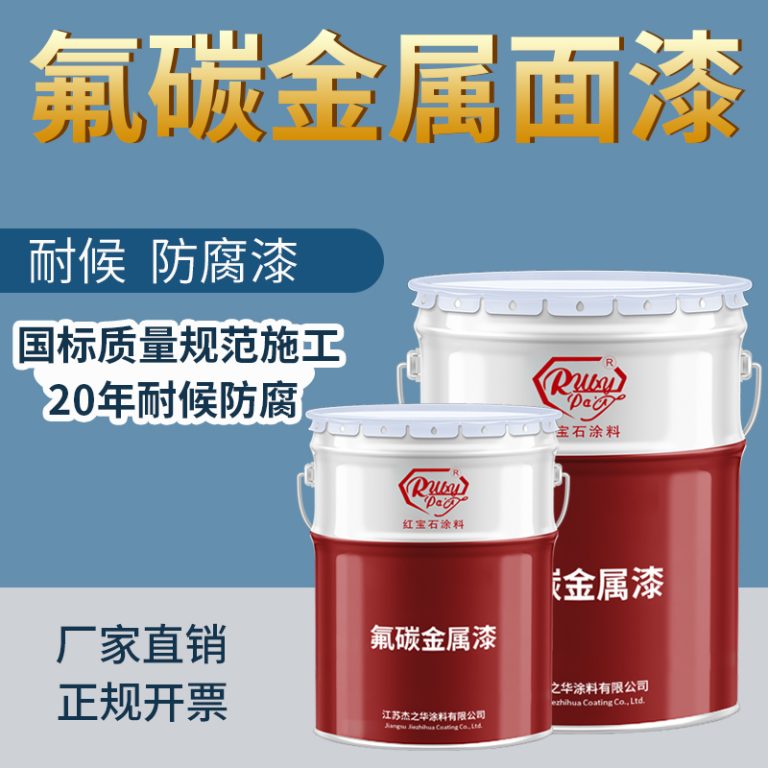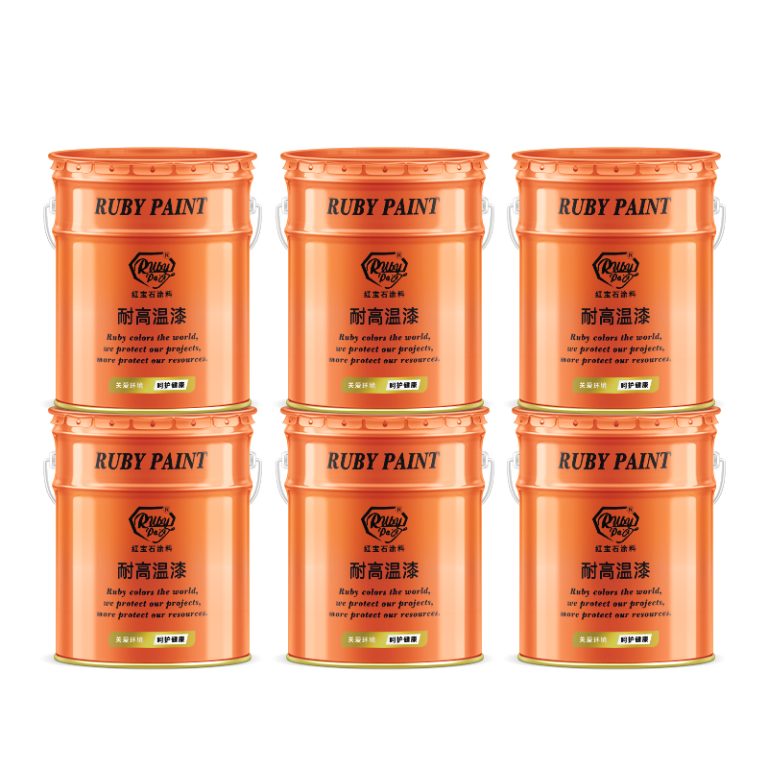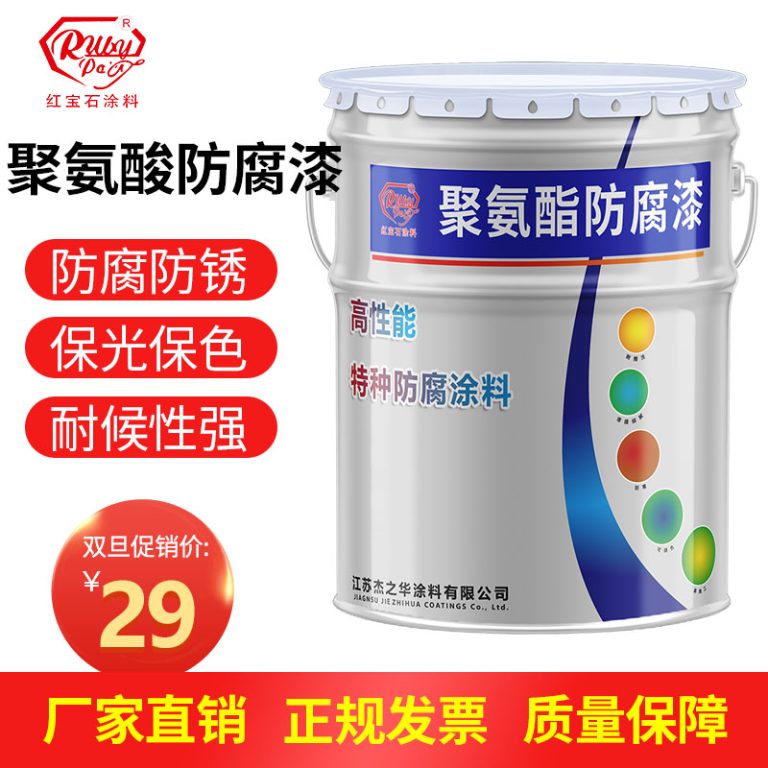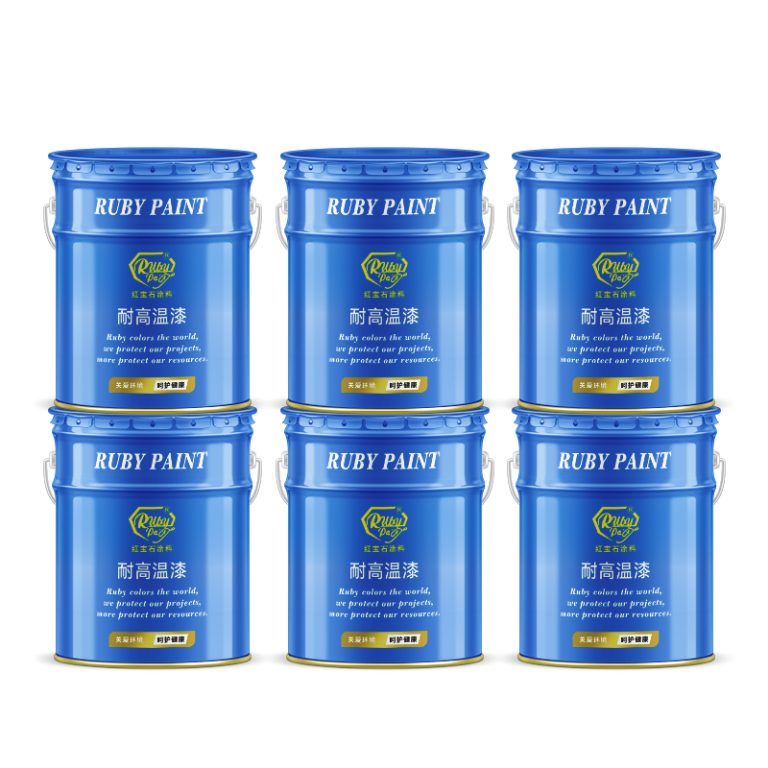Table of Contents
Understanding Polyurethane Paint HS Code: Classification and Global Trade Implications
Polyurethane paint is a type of coating that is widely used in various industries due to its durability and resistance to environmental factors. It is commonly applied to surfaces such as wood, metal, and concrete to provide a protective and decorative finish. As global trade continues to expand, it is essential to understand the Harmonized System (HS) code associated with polyurethane paint to ensure compliance with international trade regulations.
The HS code is a standardized numerical method of classifying traded products, developed and maintained by the World Customs Organization (WCO). It is used by customs authorities around the world to identify products for the application of tariffs, quotas, and trade statistics. The HS code for polyurethane paint falls under the category of paints and varnishes, which is further classified under the broader section of chemicals.
Specifically, the HS code for polyurethane paint is 3208.90. This code encompasses paints and varnishes based on synthetic polymers or chemically modified natural polymers, dispersed or dissolved in a non-aqueous medium. The classification of polyurethane paint under this code is crucial for businesses engaged in the import and export of this product, as it determines the duties and taxes that will be applied.
Understanding the HS code for polyurethane paint also has significant implications for global trade. Accurate classification ensures that businesses can correctly calculate the costs associated with importing or exporting the product, which in turn affects pricing strategies and competitiveness in international markets. Moreover, proper classification helps in adhering to trade agreements and regulations, avoiding potential legal issues and penalties.
| Nr. | Article Name |
| 1 | Fluoracarbon middle paint |
Furthermore, the classification of polyurethane paint under the HS code system facilitates the collection of trade data, which is valuable for economic analysis and policy-making. Governments and international organizations use this data to monitor trade patterns, assess the impact of trade policies, and make informed decisions regarding trade negotiations and agreements.
In addition to understanding the HS code, businesses involved in the trade of polyurethane paint must also be aware of any additional requirements or restrictions that may apply. For instance, certain countries may have specific regulations regarding the use of volatile organic compounds (VOCs) in paints and coatings. Compliance with these environmental regulations is essential to avoid legal issues and to promote sustainable trade practices.
| No. | Product Name |
| 1 | Fluoracarbon middle paint |

In conclusion, the HS code for polyurethane paint plays a critical role in international trade. It not only determines the tariffs and taxes applicable to the product but also ensures compliance with trade regulations and facilitates the collection of valuable trade data. Businesses engaged in the import and export of polyurethane paint must have a thorough understanding of its classification under the HS code system, as well as any additional requirements that may apply. By doing so, they can navigate the complexities of global trade more effectively and contribute to the growth and sustainability of the industry.
How to Navigate Customs with Polyurethane Paint HS Code: A Guide for Importers and Exporters
Navigating customs regulations can be a daunting task for importers and exporters, especially when dealing with specialized products such as polyurethane paint. Understanding the Harmonized System (HS) code for polyurethane paint is crucial for smooth customs clearance and compliance with international trade laws. The HS code is a standardized numerical method of classifying traded products, used by customs authorities around the world to identify products and apply the correct tariffs and taxes.
Polyurethane paint, known for its durability and resistance to environmental factors, is widely used in various industries, including automotive, construction, and furniture. The HS code for polyurethane paint generally falls under the category of “paints and varnishes,” which is further classified under the heading of “polymers.” However, the specific code can vary depending on the composition and intended use of the paint. For instance, water-based polyurethane paints might have a different HS code compared to solvent-based ones.
To accurately determine the HS code for polyurethane paint, importers and exporters should consult the Harmonized Tariff Schedule (HTS) of the country into which the paint is being imported or from which it is being exported. The HTS provides detailed descriptions and classifications for a wide range of products, ensuring that traders can find the precise code applicable to their goods. It is also advisable to seek guidance from customs brokers or trade compliance experts who have experience in classifying such products.
Once the correct HS code has been identified, it is essential to ensure that all shipping and customs documentation accurately reflects this code. Inaccurate or incomplete documentation can lead to delays in customs clearance, increased inspection rates, and even penalties. Therefore, meticulous attention to detail is required when filling out customs forms and other related paperwork.
Furthermore, understanding the duty rates and taxes applicable to polyurethane paint under its specific HS code is important for budgeting and cost management. Different countries may impose varying duty rates on the same product, which can significantly affect the overall cost of importing or exporting polyurethane paint. Importers and exporters should be aware of any trade agreements or special provisions that might apply to their transactions, as these can sometimes offer reduced tariffs or other benefits.
In addition to customs duties, compliance with safety and environmental regulations is paramount when importing or exporting polyurethane paint. Many countries have strict rules regarding the transportation and handling of chemicals, including paints and varnishes. Ensuring that polyurethane paint is classified, labeled, and packaged according to international standards is critical to avoid legal issues and ensure the safety of all parties involved in the supply chain.
In conclusion, successfully navigating customs with the correct HS code for polyurethane paint requires a thorough understanding of classification systems, diligent preparation of documentation, and awareness of applicable duties, taxes, and regulations. By taking these steps, importers and exporters can facilitate smoother transactions, avoid costly delays, and maintain compliance with international trade laws. As the global trade landscape continues to evolve, staying informed and adaptable is key to overcoming the challenges associated with importing and exporting specialized products like polyurethane paint.






